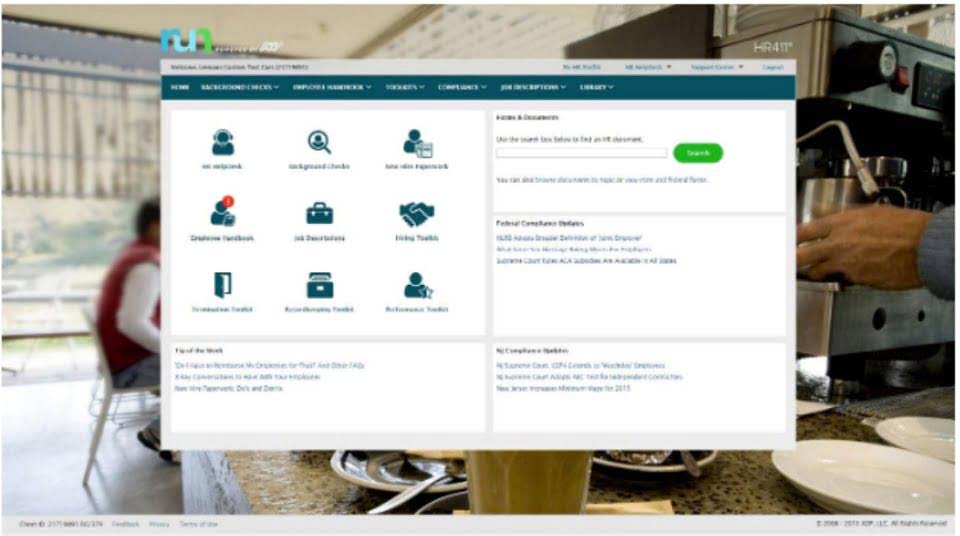
When accounting for assets, the difference between the asset’s account balance and the contra account balance is referred to as the book value. There are two major methods of determining what should be booked into a contra account. contra expense accounts are indispensable tools in financial analysis, offering a nuanced lens through which analysts can assess a company’s cost management strategies. By providing a more accurate depiction of net expenses, these accounts enable analysts to delve deeper into the efficiency of a company’s operations. This deeper insight is particularly valuable when comparing financial performance across different periods or against industry benchmarks. Although the car is normally an asset because you can sell it for parts or use it for your business, when the car depreciates to a zero or negative balance, it is a contra asset on your balance sheet.
What Are Examples of a Contra Asset Account?

For example, if a company just reported equipment at its net amount, users would not be able to observe the purchase price, the amount of depreciation attributed to that equipment, and the remaining useful life. Contra asset accounts allow users to see how much of an asset was written off, its remaining useful life, and the value of the asset. Purchase returns, allowances and discounts are all examples of contra expense accounts. The accounts normally have a credit balance and in use are offset against the purchases account which is normally a debit balance.
Why should one include contra accounts on a balance sheet?
With contra equity accounts, you reduce the number of outstanding shares you list on your company’s balance sheet. Treasury stock and owner’s drawing account are examples of contra equity accounts. A contra account is a general ledger account that offsets the balance of a corresponding account with which it’s paired. If you debit the contra account, ensure that you offset the related account with a credit balance. In essence, contra accounts allow you to report your firm’s gross and net amounts. These accounts also ensure that you follow the matching principle in accounting, which states that you record expenses in the same period you incur them.

Income Statement
When recording assets, the difference between the asset’s account balance and the contra account balance is the book value of the asset. For the purpose of presentation on primary financial statements, we are often concerned only with the net figure of two similar classes/balances which we determine by subtracting one account from the another. For example, it is not very useful to show the PPE cost account and the related accumulated depreciation account separately on the balance sheet. We are better off subtracting the accumulated depreciation account (the contra account) from PPE cost account (the parent account) to arrive at the net balance of the PPE. The use of contra expense accounts also aids in identifying trends and anomalies in expense patterns.

If a contra account is not used, it can be difficult to determine historical costs, which can make tax preparation more difficult and time-consuming. Assume that a company uses a contra expense account to record the amounts that employees paid toward the company’s health insurance costs. For instance, the company might debit its expense account 4210 Employee Health Insurance Expense when recording the insurance company’s invoice of $10,000. If the company withholds $2,000 from its employees’ wages to pay part of the cost of the insurance, the company will credit its contra expense account 4211 Employee Withholdings for Health Ins. Make sure that you report contra accounts on the same financial statement as the related accounts. If you’re the one managing your company’s books of accounts, be sure to report the contra account on your financial statement on the line item directly beneath the main account.
What is Contra Account?
When the company pays the cost of having the flyer printed, a journal entry is done. The purpose of the Owner’s Withdrawal account is to track the amounts taken out of the business without impacting the balance of the original equity account. GAAP, the allowance for doubtful accounts represents management’s estimate of the percentage of “uncollectible” accounts receivable (i.e. the credit purchases from customers that are not expected to be paid). A contra account enables a company to report the original amount while also reporting the appropriate downward adjustment. Contra accounts provide more detail to accounting figures and improve transparency in financial reporting.
What is the Effect of Contra Accounts to the Balance of Related (Paired) Account?

By keeping the original dollar amount intact in the original account and reducing the figure in a separate account, the financial information is more transparent for financial reporting purposes. For example, if a piece of heavy machinery is purchased for $10,000, that $10,000 figure is maintained on the general ledger even as the asset’s depreciation is recorded separately. Showing contra assets on your balance sheet allows potential investors to see how you write-down a depreciable asset, such as a piece of equipment. Contra assets give investors a better picture of how you use your assets over time. A doubtful debts contra account allows for future write-offs of accounts receivable.
Examples of Contra Expense Accounts
- A contra expense is an account in the general ledger that is paired with and offsets a specific expense account.
- Normal asset accounts have a debit balance, while contra asset accounts are in a credit balance.
- Conversely, consistent discounts received could indicate strong supplier relationships and effective negotiation tactics.
- He has been a manager and an auditor with Deloitte, a big 4 accountancy firm, and holds a degree from Loughborough University.
- For instance, the company might debit its expense account 4210 Employee Health Insurance Expense when recording the insurance company’s invoice of $10,000.
- Balance sheet readers cannot only see the actual cost of the item; they can also see how much of the asset was written off as well as estimate the remaining useful life and value of the asset.
The balance in the allowance for doubtful accounts represents the dollar amount of the current accounts receivable balance that is expected to be uncollectible. The amount is reported on the balance sheet in the asset section immediately below accounts receivable. Another description of a contra expense account is an account that reduces or offsets the amounts reported in another general ledger expense account(s). Allowance for uncollectible accounts, or allowance for doubtful accounts, is one of the most common contra current asset accounts. The dollar balance in the allowance for uncollectible accounts is the amount you don’t expect to collect, and this offsets the amount you report in accounts receivable. A normal asset has a debit balance, while a contra asset sits against this to show the net balance of both assets on your financial statement.
For example, an increase in the form of a credit to allowance for doubtful accounts is also recorded as a debit to increase bad debt expense. In practice, https://www.bookstime.com/articles/what-is-product-cost accounts are often used in various scenarios, such as purchase returns, allowances, and discounts received. For example, if a company returns defective goods to a supplier, the value of the returned goods is credited to a purchase returns and allowances account, a type of contra expense account.


